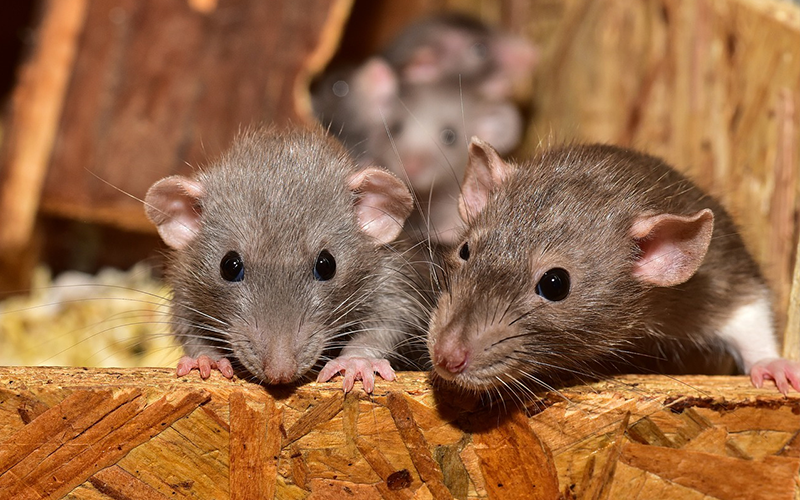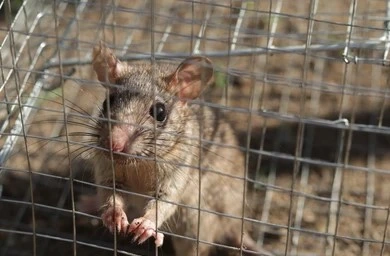Menu
Rodents like rats, commonly known as “Musa” in Nepali, are small mammals that can become unwelcome guests in your home or office space. These furry pests are a common problem and can cause a variety of issues.
Here’s a closer look at these Rodents:
If you notice any signs of rodents or musa in your space, such as droppings, scratching sounds, or gnaw marks, don’t hesitate to call our pest control services in Nepal. We have the expertise to safely and effectively eliminate these troublesome creatures from your home or office space.

While they might seem small and insignificant, Rodents like rats and mice can pose significant risks to your home and office space. Here’s why you shouldn’t ignore a potential rodent infestation:
Rodents like Musa carry and spread diseases through their droppings, urine, and saliva. These diseases can be transmitted directly through contact or indirectly through contaminated surfaces. Some common illnesses spread by rodents include:
Ghar Musa are notorious chewers. Their sharp front teeth can gnaw through a variety of materials, including wires, furniture, insulation, and even drywall. This can lead to costly repairs and replacements.
Rodent droppings and urine can contaminate food, surfaces, and even your air conditioning system. This can not only be unpleasant but also pose a health risk.
By chewing on electrical wires, Ghar Musaa can cause electrical fires. This is a serious safety hazard that can put your home or office at risk.
If the presence of Rodents (Musa) is disrupting your peace of mind and you are tired of dealing with the damage and health risks they cause, our Rodent Control Service can help! We offer a comprehensive solution to eliminate these troublesome pests from your home and office space, including our rodent exclusion service.
Wondering how our Rodent Control service eliminates those troublesome rats, mice, etc., from your space? We utilize a multi-step approach that tackles the problem from multiple angles, such as:
By combining these steps, our Rodent Control Service provides a comprehensive solution to eliminate Rodents (Musa) and prevent them from returning. Don’t wait any longer! Contact us today to schedule your free inspection and take back control of your home from these unwanted pests.

Just like we mentioned earlier, Rodents (Musa) can be a serious problem for homeowners. They spread diseases, contaminate food, and cause significant damage with their constant chewing. Here at Suraksha Rodent Control, we know the importance of effective methods to eliminate these destructive pests.
We take a comprehensive approach that combines prevention and elimination strategies:
Our Commitment to Safety:
At Suraksha Rodent Control, we prioritize the safety of your family and pets. Our technicians are trained in the proper handling and application of all control methods. We will only use EPA-approved products and place them strategically to minimize any risks.
By combining these effective prevention and elimination methods, Suraksha Rodent Control offers a comprehensive solution to not only eliminate existing Musa problems but also prevent future infestations. We offer our services in Kathmandu Valley, Nepal. Don’t hesitate to contact us today for a free inspection and get your home back from these unwanted pests!